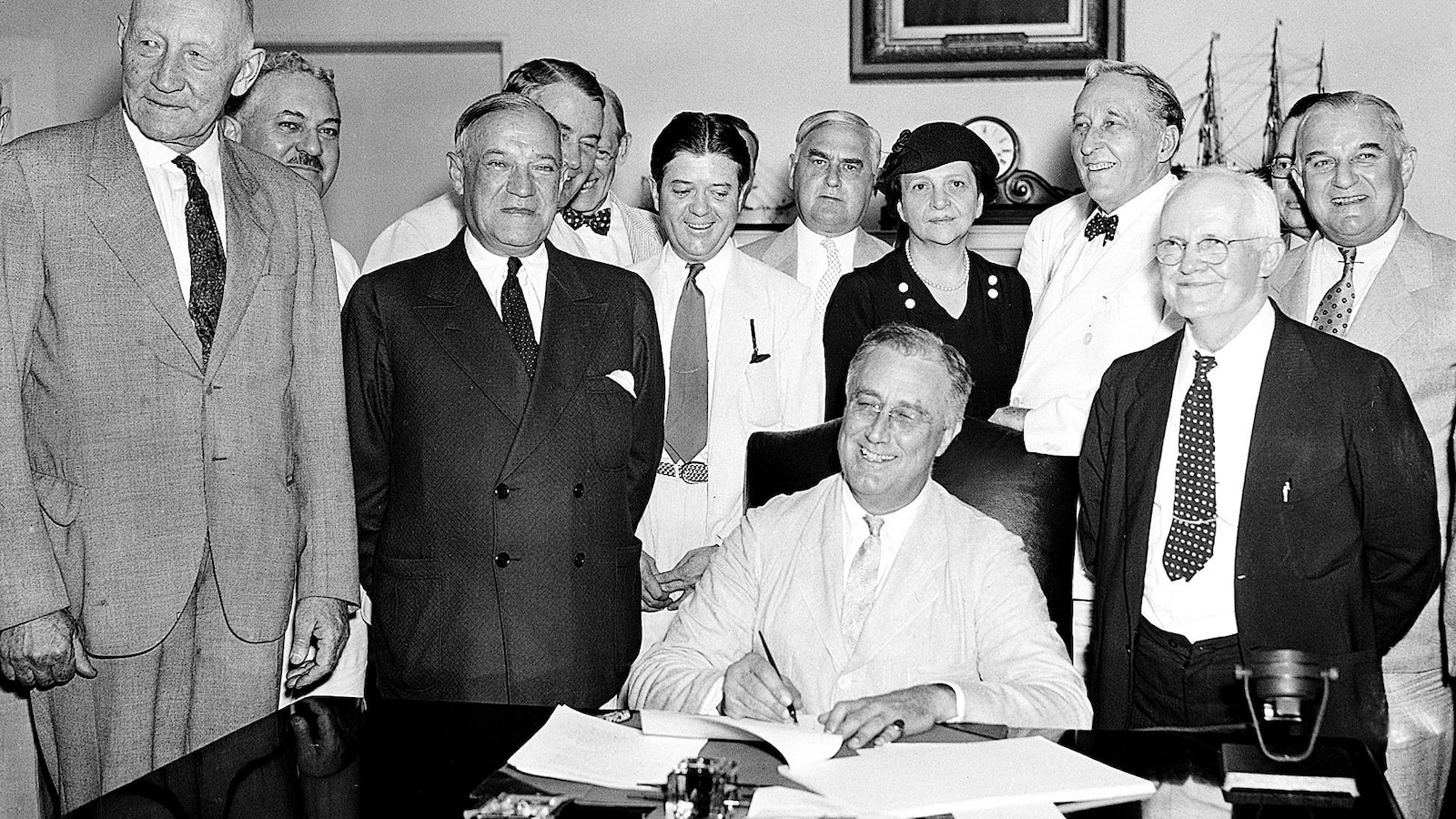Social Security at 90: Funding Threats and Accelerated Insolvency Loom Despite Widespread Support
Social Security, celebrating 90 years and serving 69 million Americans, faces accelerated insolvency by 2034 due to funding threats and new tax legislation, despite public opposition.
Subscribe to unlock this story
We really don't like cutting you off, but you've reached your monthly limit. At just $5/month, subscriptions are how we keep this project going. Start your free 7-day trial today!
Get StartedHave an account? Sign in
Overview
- Social Security is celebrating its 90th anniversary, a significant milestone for the program that currently provides monthly benefits to nearly 69 million Americans across the nation.
- Despite its widespread popularity across political lines, the program faces serious funding threats and renewed discussions about privatization, raising concerns about its long-term viability.
- The projected date for Social Security to become unable to pay full benefits has been accelerated to 2034, intensifying worries about its financial future and sustainability.
- A new tax legislation signed by Republicans in July is cited as a significant factor accelerating the program's insolvency, adding to the existing financial pressures.
- Public opinion has consistently opposed Social Security privatization since 2005, with older Americans supporting the program but lacking confidence in its future availability for their retirement.
Report issue

Read both sides in 5 minutes each day
Analysis
Center-leaning sources frame this story by emphasizing Social Security's precarious financial state and the urgency of its "looming shortfall." They highlight the program as "more threatened than ever" and focus on the accelerated "go-broke date," creating a narrative of an impending crisis. While presenting diverse solutions, the collective editorial choices underscore the program's vulnerability and the need for immediate action.
Articles (12)
Center (3)
FAQ
The Social Security trust funds are projected to become insolvent by 2034, with the Old-Age and Survivors Insurance (OASI) fund expected to be depleted by 2033 and the combined trust funds' insolvency projected in 2034.
If the trust funds become insolvent, Social Security will not be able to pay full scheduled benefits. Benefits would be reduced to approximately 76% to 81% of scheduled payments, meaning beneficiaries would receive about 76 to 81 cents for each dollar of benefits, unless Congress acts to reform the program.
Public opinion has consistently opposed Social Security privatization since 2005. While older Americans support the program, many lack confidence that it will be available for their own retirement.
Contributing factors include declining worker-to-retiree ratios over decades, recent impacts from the COVID-19 pandemic leading to higher unemployment, and new Republican tax legislation signed in July 2025 which exacerbated funding pressures, accelerating the insolvency date to 2034.
To close the 75-year funding shortfall, trustees suggest an immediate payroll tax increase of about 3.65 percentage points (raising the tax from 12.4% to 16.05%). This tax hike would particularly impact younger workers, who would bear the cost over their working careers.
History
- 3M

 4 articles
4 articles
- 3M

 4 articles
4 articles










